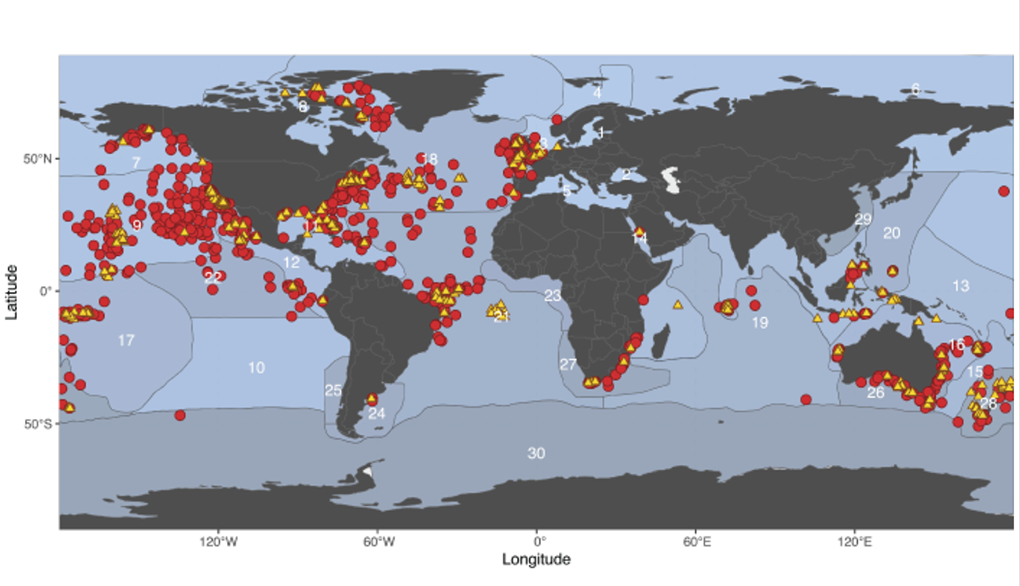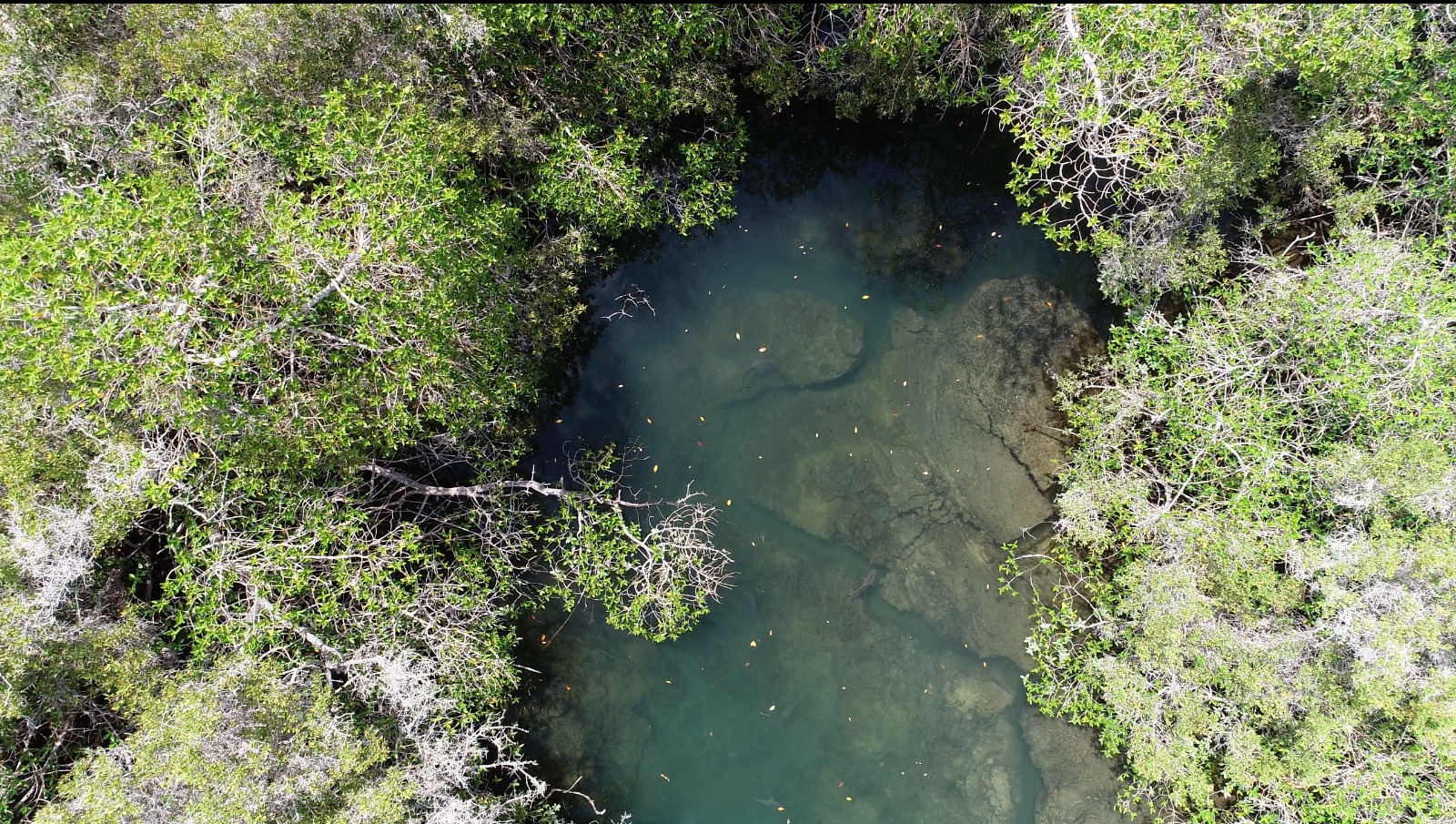Resumen
El conocimiento de los patrones de movimiento tridimensionales de los elasmobranquios es vital para comprender sus roles ecológicos y su exposición a las presiones antropogénicas. Hasta la fecha, los estudios comparativos entre especies a escala global se han centrado principalmente en los movimientos horizontales. Nuestro estudio aborda la laguna de conocimiento de los movimientos verticales mediante la recopilación de la primera síntesis global del uso del hábitat vertical por parte de los elasmobranquios a partir de datos obtenidos por la colocación de 989 etiquetas de biotelemetría en 38 especies de elasmobranquios. Los elasmobranquios mostraron una alta variabilidad intra e interespecífica en los patrones de movimiento vertical. Se observó una superposición vertical sustancial en muchos elasmobranquios epipelágicos, lo que indica una mayor probabilidad de mostrar una superposición espacial, interactuar biológicamente y compartir riesgos similares frente a amenazas antropogénicas que varían en un gradiente vertical. Destacamos los próximos pasos críticos para incorporar el movimiento vertical en las estrategias globales de gestión y monitoreo de los elasmobranquios, enfatizando la necesidad de abordar los sesgos geográficos y taxonómicos en las colocaciones y considerar simultáneamente tanto los movimientos horizontales como los verticales.
Obtenga más información sobre el estudio en el enlace.






